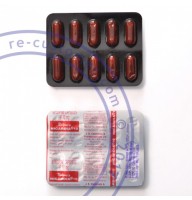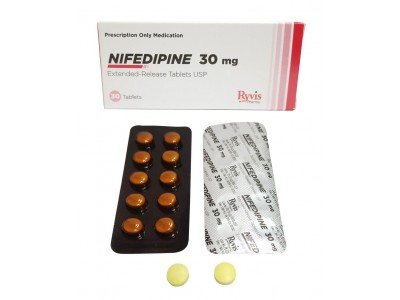Nifedipine 20mg can be an effective option for managing high blood pressure, but its appropriateness and effectiveness depend on the individual patient's condition and response to the medication. Nifedipine is a calcium channel blocker that helps lower blood pressure by relaxing and dilating blood vessels, thereby reducing the workload on the heart and decreasing vascular resistance.
In clinical practice, nifedipine is available in both immediate-release and extended-release formulations. Immediate-release nifedipine acts quickly and can be used for acute blood pressure reduction, but its use is generally limited due to a higher incidence of side effects, such as reflex tachycardia and fluctuations in blood pressure. Extended-release nifedipine, often prescribed as 20mg tablets, provides a more gradual and sustained effect, making it more suitable for long-term management of hypertension.
The decision to use nifedipine 20mg for blood pressure control should be based on a thorough evaluation by a healthcare provider, who will consider the patient's overall health, medical history, other medications being taken, and the presence of any contraindications. Additionally, the healthcare provider may start with a lower dose and adjust it as necessary to achieve optimal blood pressure control while minimizing side effects.
While nifedipine can be effective, some patients may experience side effects such as swelling (edema), headaches, dizziness, or flushing. If these side effects become bothersome or if the desired blood pressure control is not achieved, the healthcare provider might consider alternative medications or combinations of drugs to better suit the patient's needs.
Overall, nifedipine 20mg can be a good option for blood pressure management for many patients, but its use should be personalized and closely monitored by a healthcare professional to ensure safety and effectiveness.

